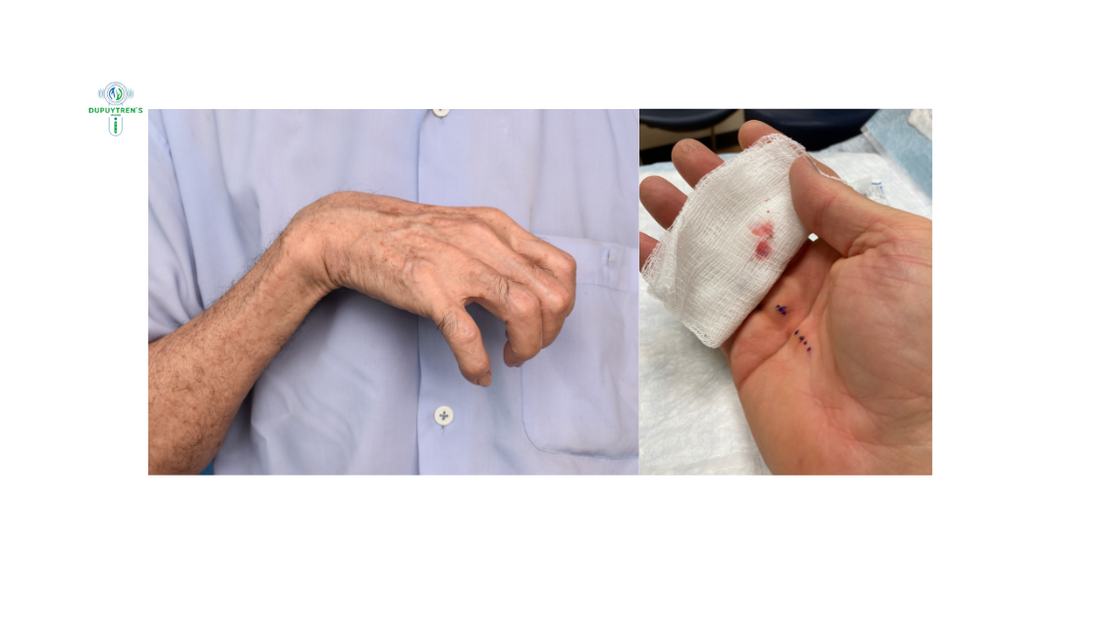
What Happens to Your Hand When You Have Dupuytren’s Contracture Surgery?
Share
Dupuytren’s Contracture is a condition that makes movements of the hand difficult. This is because the fingers will bend unnaturally towards the center of the hand and become almost fused in this position. The fingers bend in this way because of the contracture of the palmar fascia. There are no official Dupuytren’s Contracture Causes; however, certain lifestyle choices are known to trigger the symptoms. Things like excessive alcohol intake and smoking cause the disease to react. It is also passed down through genetics, especially in those who are of Nordic descent.
Patients often don’t have any choice other than surgery when attempting to treat Dupuytren’s disease. Dupuytren’s Contracture Surgery is the most common form of treatment, and there are a few variations to the operation used. There are a few different surgeries that are used to treat the condition.
A limited fasciectomy is the most used surgery. In this technique, the patient is put under general anesthetic. The surgeon then makes an incision, usually zig-zag shaped in the area affected by the Dupuytren’s. Once the incision is made, the infected cords and fascia are removed. The wound in the closed with stitches or another fusion method, partial areas are left open to fuse naturally. The surgery comes with many risks, including permanent nerve damage, painful flare-ups, and painful surgery scars. The scars left are also extremely unsightly and may become infected.
A dermo fasciectomy is performed the same way as a fasciectomy; the difference being rather than an open wound, a skin graft is done. This procedure has fewer complications; however, it is not 100 percent successful.
Although surgery is the most common treatment, it is not necessarily the most successful. The use of the Dupuytren’s wand and Dupuytren’s tape together is proven to be extremely effective in reducing symptoms and making movements more comfortable. Also, a far less expensive and safe option compared to surgery.
